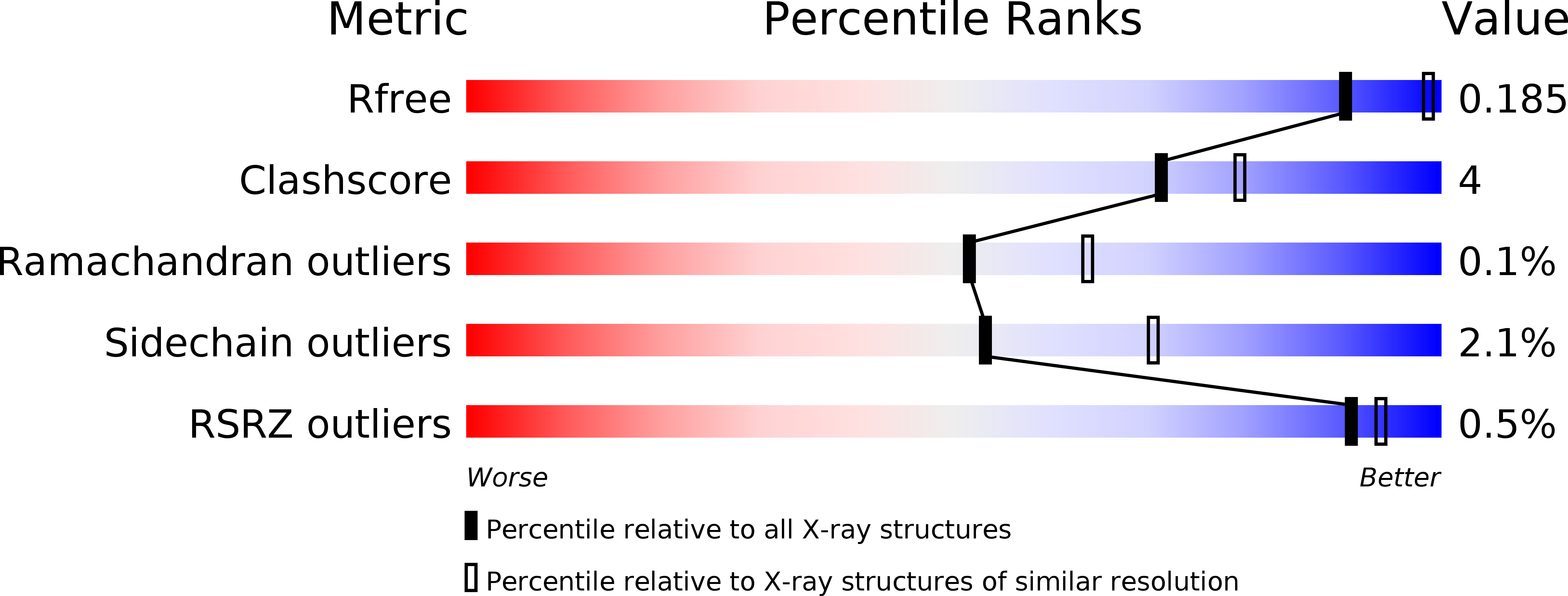
Deposition Date
2011-04-12
Release Date
2011-04-27
Last Version Date
2023-09-13
Entry Detail
PDB ID:
3RHR
Keywords:
Title:
Crystal structure of the C707A mutant of the C-Terminal domain of 10'FORMYLTETRAHYDROFOLATE DEHYDROGENASE in complex with NADPH
Biological Source:
Source Organism:
Rattus norvegicus (Taxon ID: 10116)
Host Organism:
Method Details:
Experimental Method:
Resolution:
2.30 Å
R-Value Free:
0.18
R-Value Work:
0.16
R-Value Observed:
0.16
Space Group:
C 1 2 1


